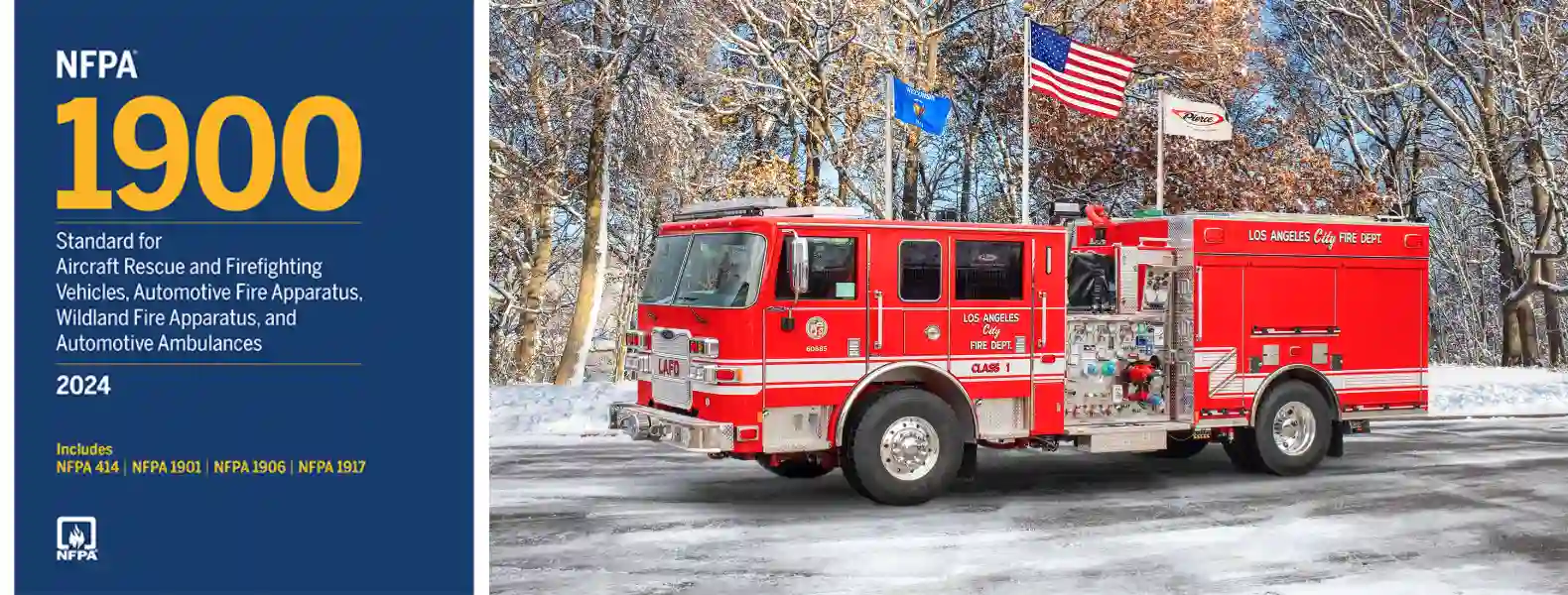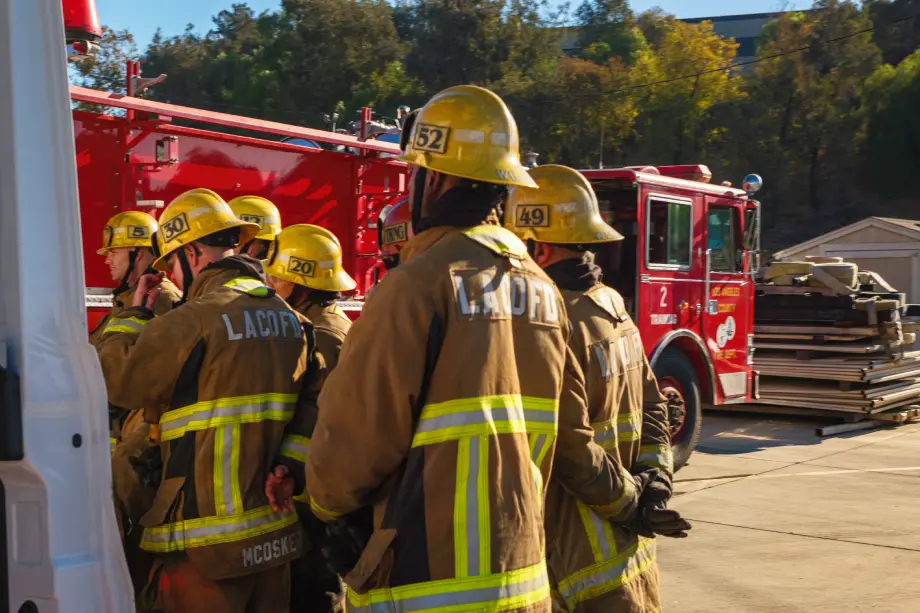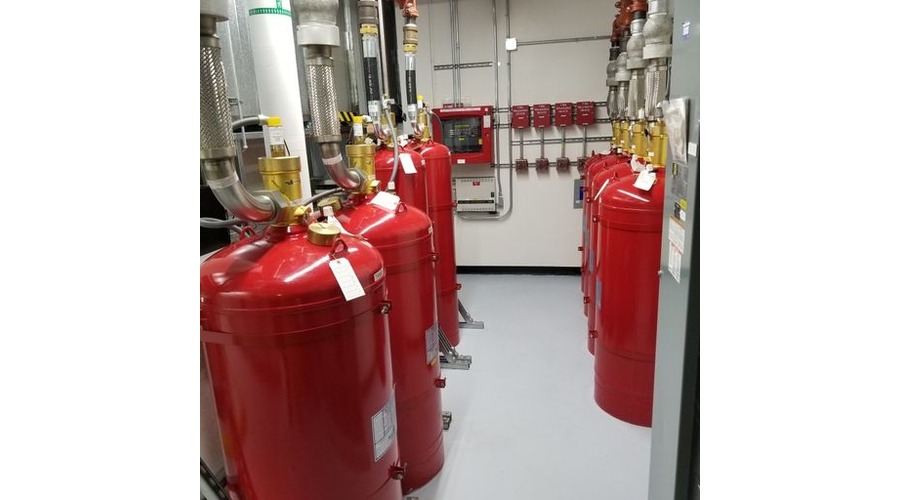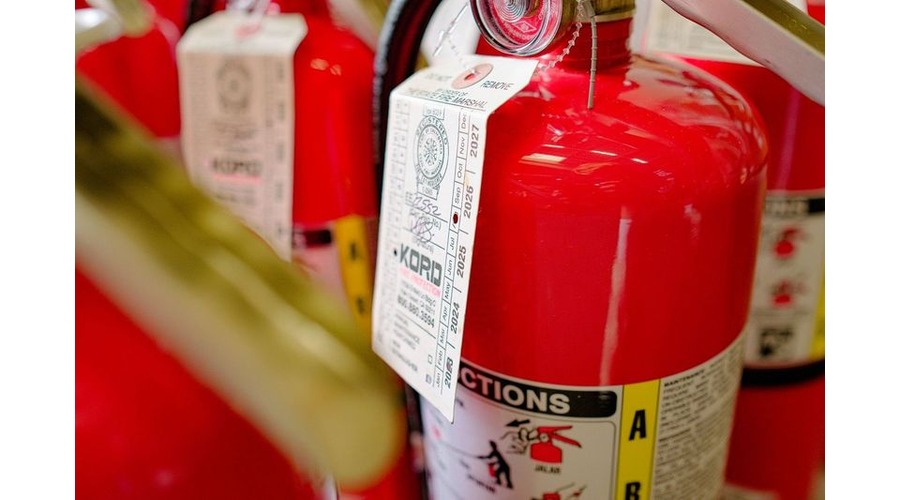

NFPA 1900 Standard For Emergency Response Vehicles & Wildland Fire Apparatus
Emergency response vehicles play a critical role in protecting lives and property in emergency situations. The National Fire Protection Association (NFPA) 1900 sets specific standards for the design, construction, and maintenance of emergency response vehicles, including those used in wildland firefighting. By consolidating and updating previous standards, NFPA 1900 ensures that vehicles are reliable, safe, and well-equipped for the demands of modern emergencies. This article explores the scope, key elements, and significance of NFPA 1900, as well as its integration with related NFPA standards to enhance responder safety and operational efficiency.
Introduction to NFPA 1900: What It Covers
NFPA 1900 is a consolidated standard that governs the design and performance of emergency response vehicles and wildland fire apparatus. It incorporates the core principles from several prior NFPA standards, including NFPA 414 (Standard for Aircraft Rescue and Fire-Fighting Vehicles), NFPA 1901 (Standard for Automotive Fire Apparatus), NFPA 1906 (Standard for Wildland Fire Apparatus), and NFPA 1917 (Standard for Automotive Ambulances). This updated standard was designed to streamline and modernize guidelines, making it easier for manufacturers, fire departments, and emergency responders to ensure vehicle compliance with national safety standards.
NFPA 1900 covers several key areas, including vehicle construction, equipment requirements, safety features, operational performance, and maintenance procedures. By ensuring these vehicles meet rigorous standards, the NFPA aims to improve responder safety, reduce the likelihood of mechanical failures, and increase overall efficiency during critical rescue operations.
The Importance of NFPA 1900 in Emergency Response Operations
Emergency response vehicles are often deployed in high-risk, high-stress environments, which can expose both the vehicle operators and the public to dangers. Whether it’s a fire engine, an ambulance, or a specialized wildland firefighting vehicle, these machines must be built to handle extreme conditions, from navigating hazardous terrain to withstanding extreme temperatures.
The NFPA 1900 standard ensures that these vehicles are equipped with the necessary tools and technology to perform under such conditions while protecting the health and safety of emergency responders. It also ensures that vehicles can be maintained and serviced in ways that preserve their operational reliability over time. As a result, NFPA 1900 is a crucial component of the broader framework of safety and preparedness in emergency response.
Key Elements of NFPA 1900
1. Vehicle Design and Construction Requirements
The design and construction of emergency response vehicles under NFPA 1900 are governed by a strict set of guidelines to ensure they meet the demands of various emergency situations. These guidelines address factors such as vehicle size, weight distribution, and compartmentation for safety equipment.
Key design features include:
- Vehicle Structural Integrity: The vehicle must be able to withstand stress from high-speed responses, sudden stops, and impacts during emergencies.
- Safety Considerations: Vehicles must include safety features like roll-over protection, seatbelt restraints, and ergonomic seating to reduce the risk of injury during operations.
- Fire and Heat Resistance: For vehicles like wildland fire apparatus, the vehicle materials must resist heat and fire to avoid additional hazards during operations.
2. Wildland Fire Apparatus
NFPA 1900 also incorporates specific provisions for wildland fire apparatus. These vehicles are designed to operate in rugged terrain and extreme conditions, including remote areas where traditional fire trucks may not be able to access. Wildland fire apparatus must meet particular specifications regarding:
- Ground Clearance: To navigate uneven terrain and off-road conditions.
- Water Storage and Pumping Systems: Specialized pumps and tanks to supply water or retardant agents.
- Firefighting Equipment: Vehicles must be equipped with specialized hoses, nozzles, and other firefighting tools suited for wildland fires.
3. Emergency Response Vehicle Equipment Standards
An emergency response vehicle is only as effective as the equipment it carries. NFPA 1900 establishes minimum requirements for critical emergency equipment, including:
- Fire Suppression Systems: Including both fire extinguishers and integrated systems for suppression.
- Medical Equipment: Ambulance vehicles must meet standards for medical equipment and compartmentalization to ensure fast and effective patient care.
- Communication Systems: Vehicles must be equipped with reliable communication systems to maintain contact with dispatch centers and other responders in the field.
4. Safety Features and Ergonomics
NFPA 1900 emphasizes the importance of ergonomics and safety features in the design of emergency response vehicles. Emergency responders are often required to work in high-stress environments, so it is vital that vehicles are designed to reduce physical strain and maximize efficiency.
Key safety features include:
- Anti-slip surfaces in all areas where responders may need to move quickly.
- Adequate storage compartments for tools and equipment, with easy access and secure storage to avoid accidents.
- Improved visibility from the driver’s seat to ensure that responders can operate the vehicle safely, even in adverse weather conditions.
5. Maintenance and Durability Standards
To ensure that emergency vehicles perform reliably in emergency situations, NFPA 1900 outlines specific maintenance protocols. These standards include:
- Regular Inspections and Testing: Regular checks on critical systems such as brakes, lights, and water pumps ensure that the vehicle is always ready for deployment.
- Durability Expectations: The vehicle’s materials and components must be resistant to wear and tear from frequent use in harsh conditions.
NFPA 1900 and Its Relationship with Other NFPA Standards
The consolidation of NFPA 1900 from multiple standards has resulted in a more cohesive and comprehensive approach to emergency vehicle regulation. Understanding its relationship with other NFPA standards can provide context on how this standard fits into broader safety regulations.
- NFPA 1901 governs the design and construction of fire apparatus, including structural fire engines.
- NFPA 1917 specifically deals with the design and performance of ambulances and emergency medical service (EMS) vehicles.
- NFPA 414 applies to aircraft rescue and firefighting vehicles, ensuring they meet the needs of emergency responders in aviation-related incidents.
- NFPA 1906 provides specific requirements for wildland fire apparatus, which have unique design and operational considerations compared to urban fire engines.
These related standards, along with NFPA 1900, work together to create a unified set of guidelines that cover all types of emergency response vehicles, ensuring consistency and reliability across the industry.
Real-World Examples and Case Studies


with the Los Angeles Fire Dept, Nov 2024.
Several fire departments and emergency services have successfully implemented NFPA 1900 standards to improve their vehicle performance and responder safety. For example, a large metropolitan fire department recently updated its fleet of fire trucks and ambulances to meet NFPA 1900 standards. The updated vehicles included improved ergonomic designs, better communication systems, and enhanced safety features such as roll-over protection and anti-slip flooring.
As a result, the department reported a significant reduction in injuries among responders and increased operational efficiency during emergency responses. Additionally, the department saw improved vehicle durability, leading to lower maintenance costs and fewer breakdowns in the field.
Key Takeaways
- The integration of NFPA 1900 with other related standards ensures a consistent, unified approach to emergency vehicle safety across different types of response operations.
- NFPA 1900 consolidates several key standards for emergency vehicles, including those used in wildland firefighting and emergency medical services.
- The standard provides comprehensive guidelines for vehicle design, equipment, safety features, and maintenance.
- By adhering to NFPA 1900, emergency response agencies can enhance responder safety, improve operational efficiency, and ensure vehicle reliability.
FAQS About NFPA 1900
Get Top-Rated Fire Safety Solutions!
Kord Fire Protection is your go-to when it comes to all things fire protection. For over 20 years, we’ve been serving Southern California with the quality service and equipment to keep your home or business safe at all times. Our competitive prices reflect our unwavering commitment to protecting what matters most in the event of a fire emergency. Give us a call, send an email, or use that form!


Protect Your Property
Get the latest fire safety tips delivered straight to your inbox with our Newsletter!




